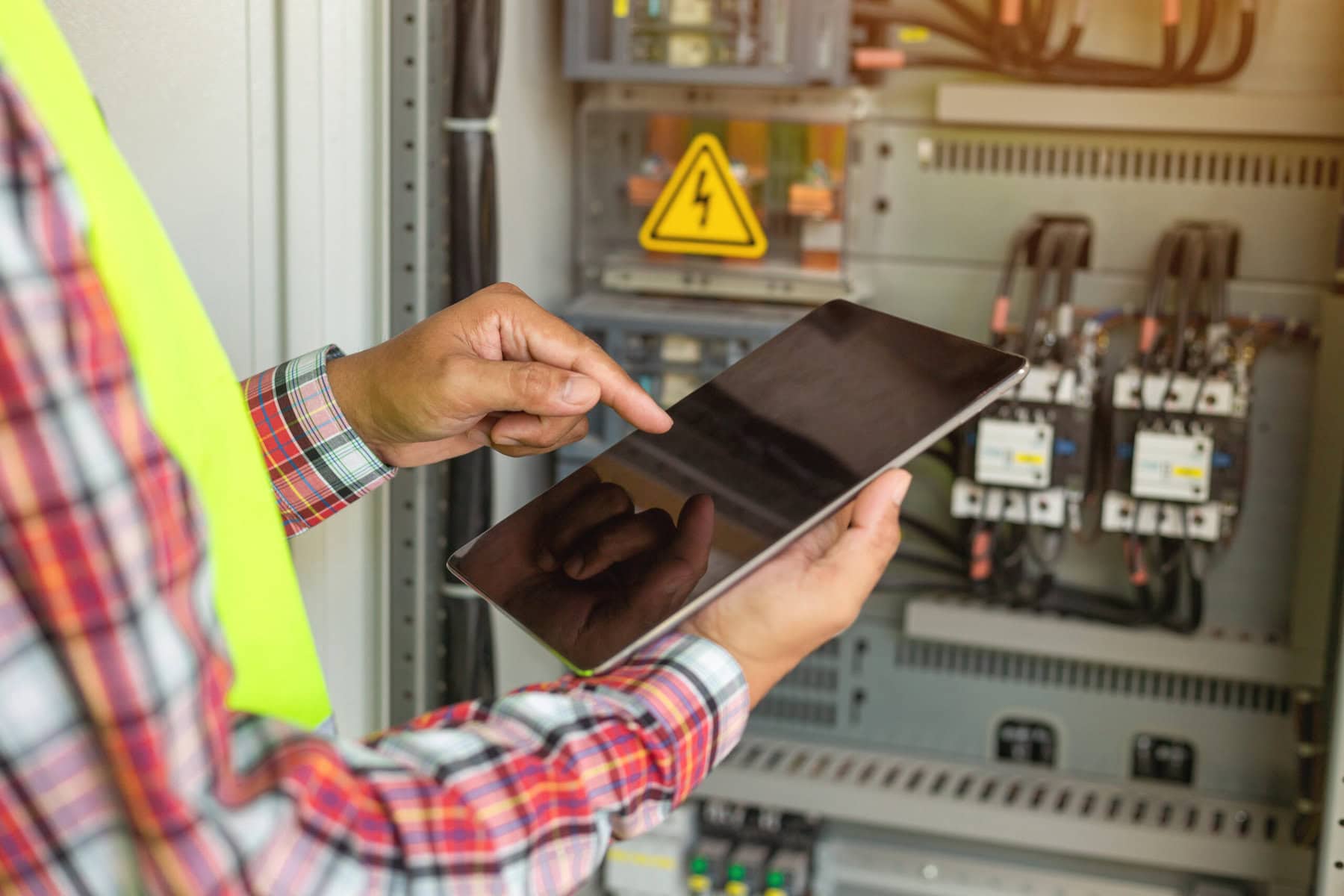The Peru Smartphone Market refers to the industry encompassing the manufacturing, distribution, and consumption of smartphones within the South American nation of Peru. As one of the fastest-growing sectors in the country’s consumer electronics industry, the Peru Smartphone Market reflects the increasing adoption of mobile technology, digital connectivity, and consumer-centric innovation among Peruvian consumers.
Market Overview
The Peru Smartphone Market has experienced significant growth in recent years, driven by factors such as rising disposable incomes, expanding access to mobile internet, and the proliferation of affordable smartphone models. With a young and tech-savvy population, Peru presents a lucrative market opportunity for smartphone manufacturers and telecommunications companies seeking to capitalize on growing consumer demand for connectivity and digital services.
Key Players
Several key players dominate the smartphone market in Peru, including multinational corporations, domestic manufacturers, and mobile network operators. These entities compete fiercely to capture market share, differentiate their product offerings, and cater to the diverse needs and preferences of Peruvian consumers. Some prominent players include:
- Samsung: As a leading global smartphone manufacturer, Samsung holds a significant presence in the Peruvian market, offering a diverse portfolio of smartphones across various price segments. With a focus on innovation, design, and brand reputation, Samsung competes effectively in Peru’s competitive smartphone landscape.
- Huawei: Huawei, a Chinese telecommunications giant, has established itself as a key player in the Peru Smartphone Market, known for its technologically advanced smartphones and competitive pricing. Despite regulatory challenges and geopolitical tensions, Huawei continues to innovate and maintain a loyal customer base in Peru.
- Local Brands: In addition to multinational corporations, Peru’s smartphone market features several local brands and manufacturers catering to niche segments and price-sensitive consumers. These brands often offer affordable smartphones with basic features and localized content, appealing to budget-conscious buyers in both urban and rural areas.
Market Trends
Several trends shape the dynamics of the smartphone market in Peru:
- Affordable Smartphones: The demand for affordable smartphones with essential features and functionalities remains strong in Peru, particularly among first-time buyers and budget-conscious consumers. Manufacturers respond by introducing entry-level and mid-range smartphones tailored to local market preferences and affordability constraints.
- Digital Inclusion: Smartphones play a crucial role in facilitating digital inclusion and bridging the digital divide in Peru, particularly in rural and underserved communities. Mobile network operators and government initiatives promote smartphone ownership, internet access, and digital literacy programs to empower citizens and foster socio-economic development.
- Rise of E-commerce and M-commerce: The increasing popularity of e-commerce platforms and mobile commerce (M-commerce) drives smartphone adoption and online shopping behavior in Peru. Consumers use smartphones to browse products, compare prices, and make purchases, leading to the growth of digital retail channels and mobile payment solutions.
Challenges and Opportunities
The Peru Smartphone Market faces various challenges and opportunities:
- Infrastructure Development: Improving mobile network infrastructure, expanding broadband coverage, and enhancing network reliability are essential for supporting smartphone usage and digital connectivity in Peru. Investments in 4G and 5G technology, fiber-optic networks, and rural connectivity initiatives can accelerate the adoption of smartphones and digital services nationwide.
- Regulatory Environment: Regulatory frameworks governing telecommunications, spectrum allocation, and import tariffs impact smartphone affordability, market competition, and consumer choice in Peru. Policymakers must balance regulatory objectives such as consumer protection, market liberalization, and technological innovation to foster a competitive and sustainable smartphone market.
- Digital Literacy and Skills Gap: Addressing digital literacy gaps and promoting digital skills development is critical for maximizing the socio-economic benefits of smartphone adoption in Peru. Education and training programs focused on smartphone usage, internet safety, and digital entrepreneurship empower individuals and businesses to harness the potential of mobile technology for personal and professional growth.
Future Outlook
The Peru Smartphone Market is poised for continued growth and evolution, driven by factors such as technological advancements, changing consumer behaviors, and regulatory developments. As stakeholders navigate challenges and capitalize on opportunities, collaboration, innovation, and inclusive growth will be key drivers of success in shaping the future of the smartphone industry in Peru.




